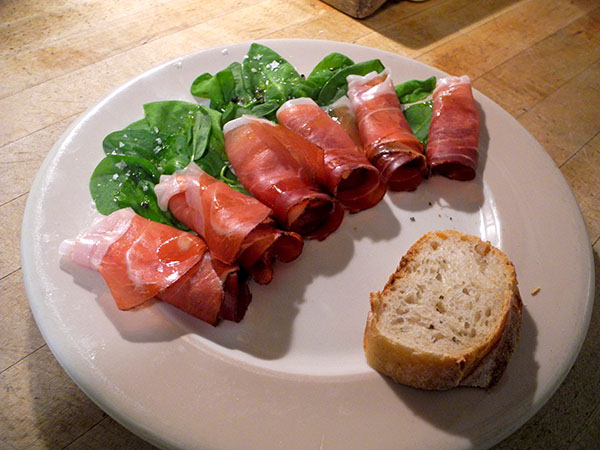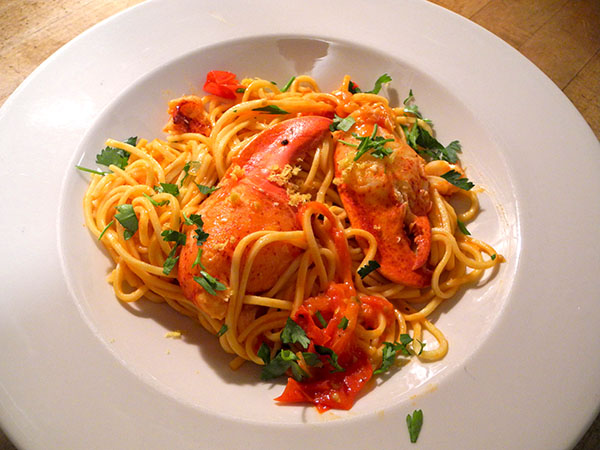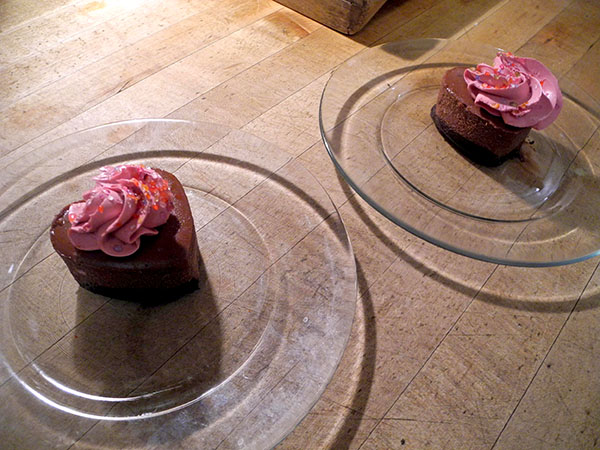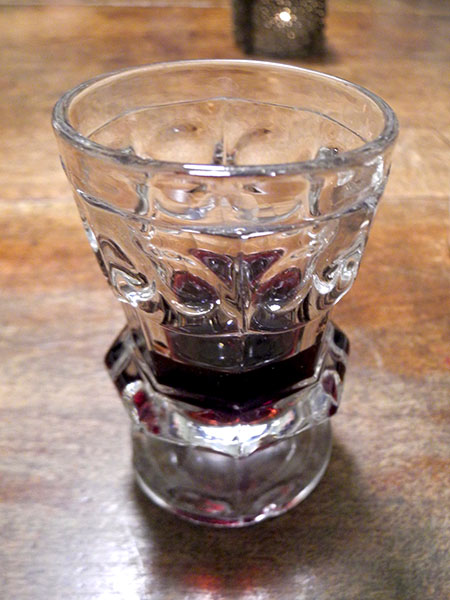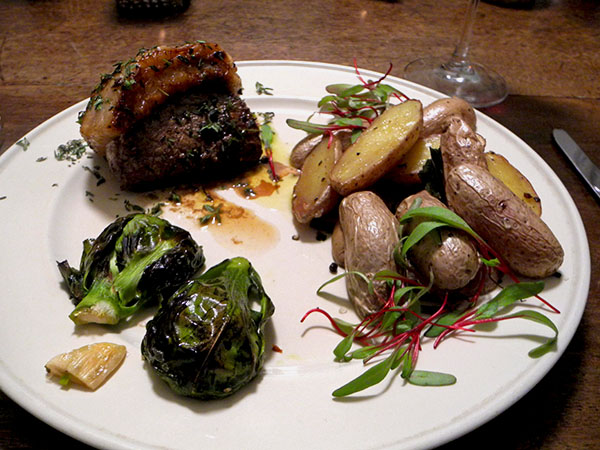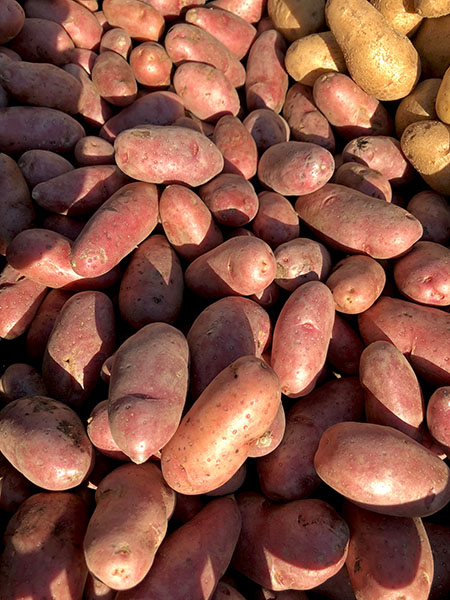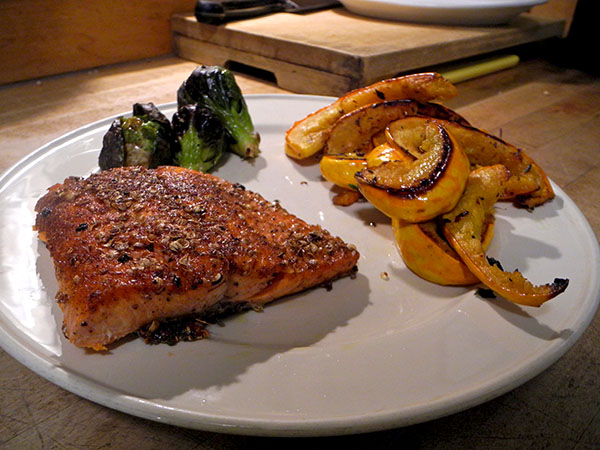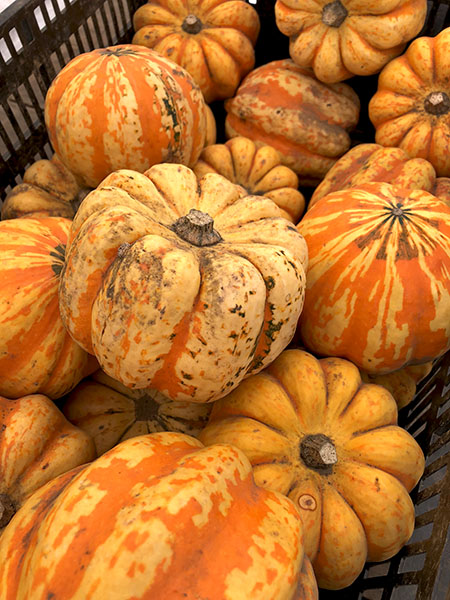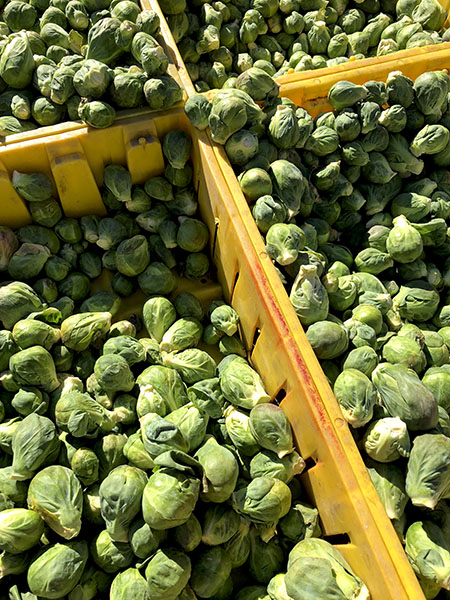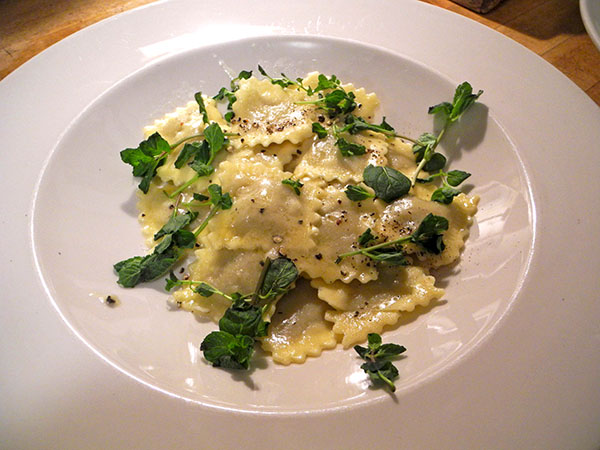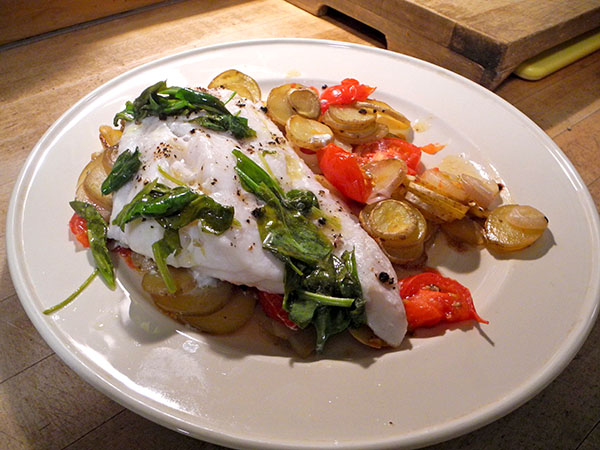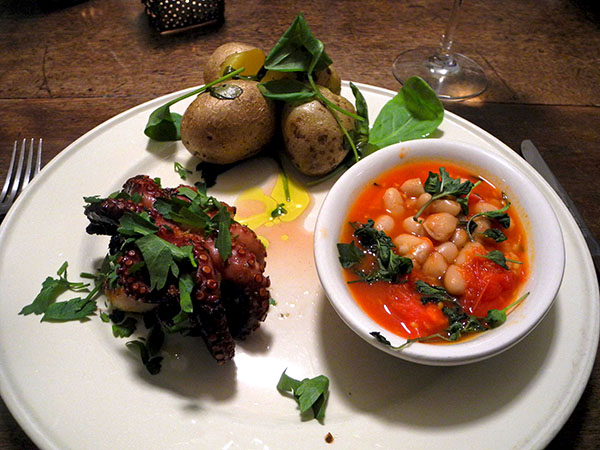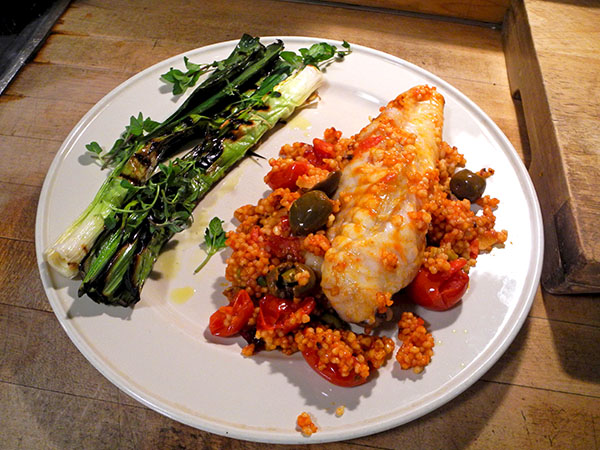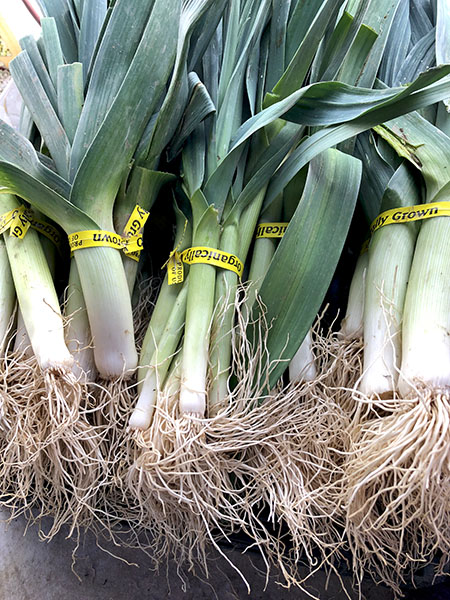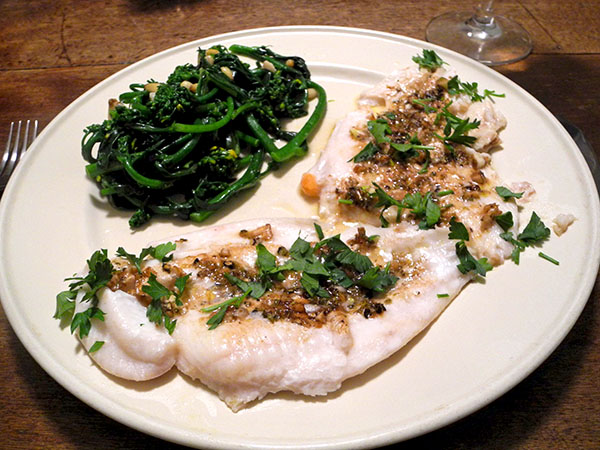
I cook seafood several days a week, and it’s almost always from local waters. Although most of the fish and shellfish are actually seasonal, on any one day, there’s still a huge variety available in the Union Square Greenmarket, which is less than a mile’s pleasant walk from our apartment, and it’s often difficult to decide what to bring home. This time I can almost say that I picked the flounder because the fillets happened to be the right size, but there was also the fact that I hadn’t prepared it in a while, and that I think of February as being particularly good time for this delicious fish.
After leaving the market, I spotted some interesting Greek wines, from native grapes, at one of our beverage favorite shops, and once at home I picked a recipe that seemed to have a hint of the Hellenic, because it included lemon, black pepper, oregano, and balsamic vinegar. Because it involved an oven however, it was probably not as Greek as it would have been had it asked for an open fire.
By the way, I used, ‘cai xin‘, in the headline above, instead of yu choy sum, or yo choy sum, because it fit into the space available.
- four 4-ounce flounder fillets from P.E. & D.D. Seafood placed inside a lightly-oiled oven pan, skinned side down, most of the top surface spread with a mixture of 1 1/2 tablespoons of zest from a Whole Foods organic lemon; one teaspoon of pungent Sicilian oregano from Buon Italia, where it’s sold dried and still on the stem; one teaspoon or more of balsamic vinegar; 3/4 of a tablespoon of olive oil; almost a teaspoon of crushed black peppercorns; a quarter to a half of a teaspoon of sea salt; and one large Keith’s Farm Rocambole (Calabrian) garlic clove, chopped finely, baked fro 13 to 15 minutes in a 350º oven, arranged on two plates and drizzled with some juice from the lemon which supplied the zest earlier, 3 tablespoons of chopped parsley from Whole Foods Market sprinkled on top
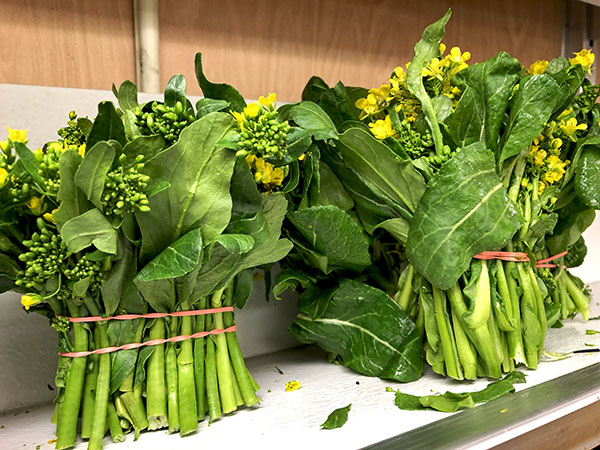
- one bunch of yu/yo choy sum (which is a cai xin or flowering bok choy) from Lani’s Farm, added to a heavy enameled cast iron pan where some bruised and halved Rocambole garlic from Keith’s Farm and a small handful of pine nuts had been heated until all were beginning to brown, the greens stirred until tender, occasionally introducing some of the water which the greens had shed after being washed, arranged on the plates and drizzled with olive oil
- the wine was a Greek (Arcadia) white, Mantineia Troupis, Moschofilero 2013, from Flatiron Wines
- the music was the 2011 ECM album, ‘John Cage: As it is’, with Alexei Lubimov, piano and prepared piano; and Natalia Pschenitschnikova, voice, Stephan Schellmann, engineer; and produced by Manfred Eicher

